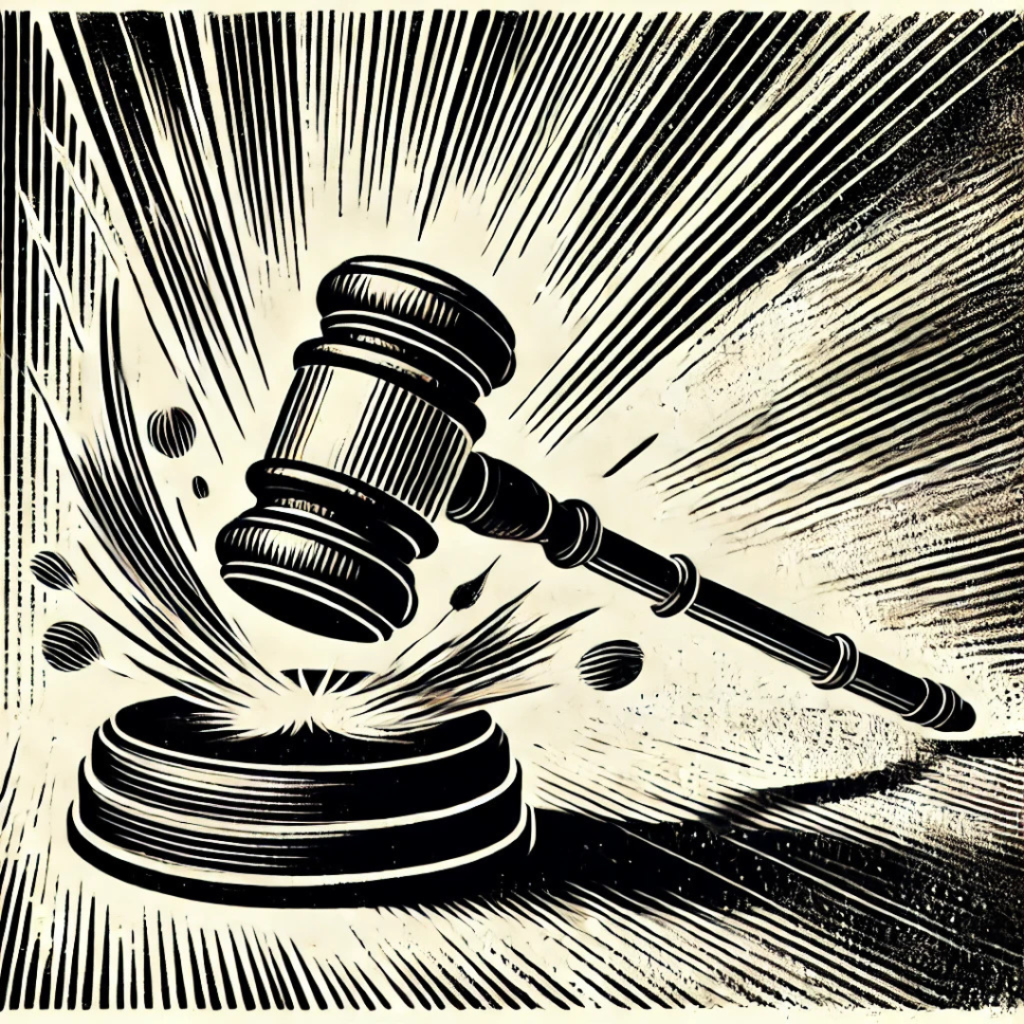It’s not every day that a painting company ends up before the U.S. Supreme Court, but a case called Kousisis is just that.
The issue starts with a requirement by the federal government that their contractors and subcontractors detail the portion of work that involves Disadvantaged Business Enterprises (DBE).
This regulation was implemented to ensure minority-owned small businesses got a fair shake at federally-funded transportation projects.
In this case, the defendants are a painting company and its project manager, who won the bid for a bridge construction project funded by the Transportation Department.
The painting company claimed it was working closely with a DBE as a supplier, according to the government’s case.
But in reality, the company was using the DBE as a pass-through company that got a cut of the ill-gotten gains and never had to do any real work.
The reason the Supreme Court is hearing the case is because it intersects with an issue of dispute that broadly falls under the umbrella of “fraud.”
The Justice Department would like a more expansive definition of “fraud” that includes not doing the job as it was agreed to be done.
The Justice Department is arguing that lying about the DBE was a form of fraud that they should be able to prosecute.
While the issue at stake may be rather obscure, the circumstances around the painting company’s particular situation have raised eyebrows online.
Right-leaning commentators are questioning the DBE regulation that led to all this.
They say that the painting company was the low bidder on the project, so if anything, the Department of Transportation saved money by going with them.
The company completed the job on time and to the satisfaction of the client. So what’s the problem?
However you feel about the underlying issue, it’s a fascinating case that warrants attention.
And for painting companies, it’s a lesson not to take a shortcut when dealing with the federal government.

